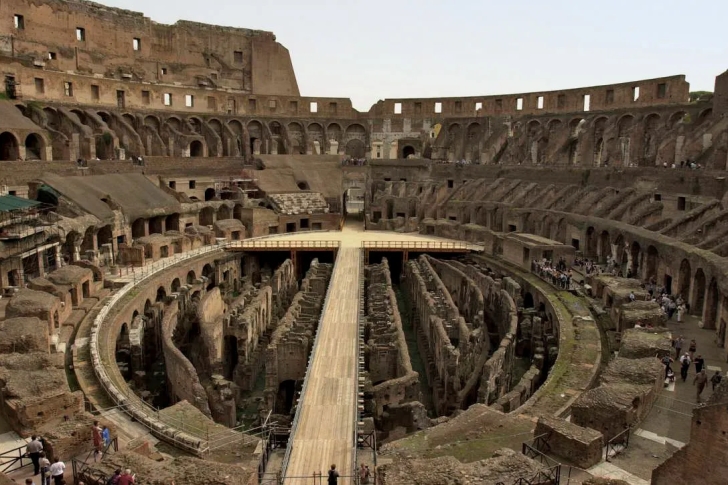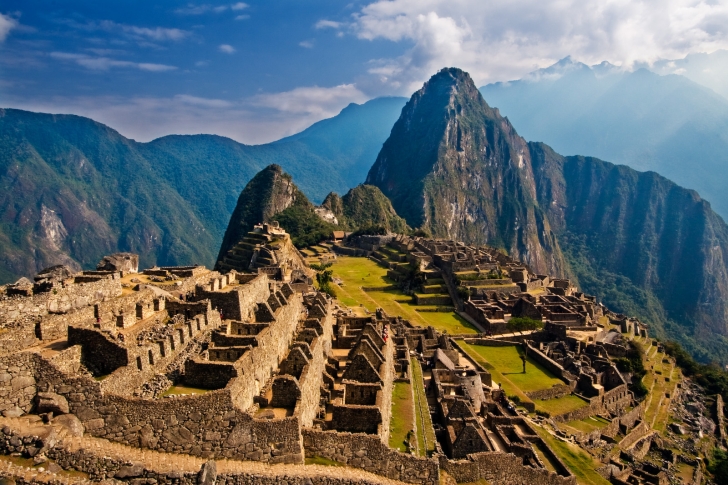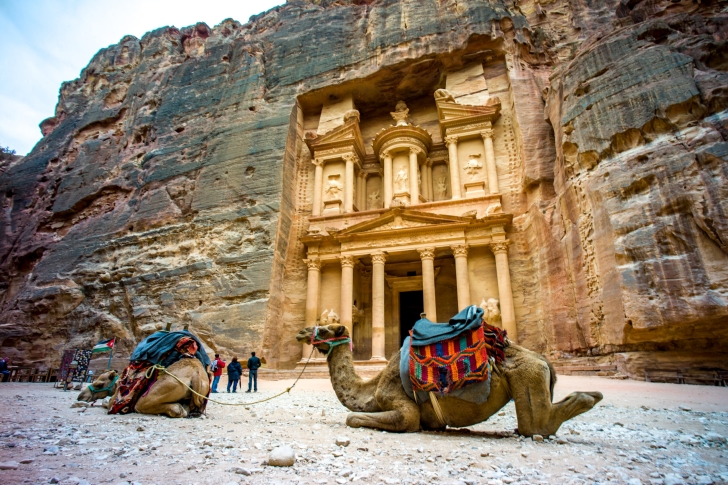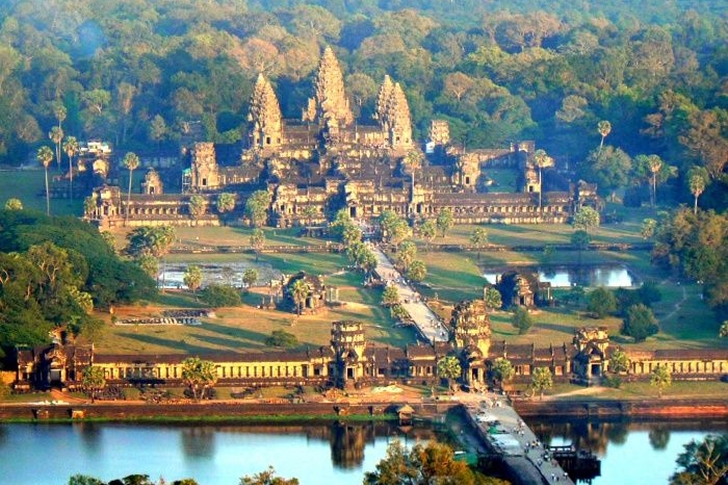Fascinating Cultural Unesco World Heritage Sites Around The World
Cultural heritage sites offer a glimpse into the rich history, traditions, and achievements of past civilizations. These sites are often protected as UNESCO World Heritage sites and provide educational and inspirational experiences for travelers. Here are four top cultural heritage sites around the world that promise remarkable insights and unforgettable visits.
1The Colosseum: Rome’s Ancient Arena
0 votes

The Colosseum, located in the heart of Rome, Italy, is one of the most iconic symbols of ancient Roman engineering and culture. This massive amphitheater, also known as the Flavian Amphitheatre, was completed in AD 80 and could hold up to 80,000 spectators. The Colosseum was the site of gladiatorial contests, animal hunts, and other public spectacles, reflecting the grandeur and brutality of Roman society. Its elliptical structure, with a complex system of vaults and arches, has withstood the test of time and remains a testament to the ingenuity of Roman architecture. Visitors can explore the Colosseum’s multiple levels, including the underground chambers where gladiators and animals were kept before contests. The nearby Roman Forum and Palatine Hill offer further insights into ancient Rome’s political, social, and religious life. The Colosseum’s enduring legacy and its central role in the history of Rome make it an essential destination for anyone interested in the ancient world.
0
Do you agree? 0% of people agree with your point of view!
2Machu Picchu: Peru’s Incan Marvel
0 votes

Machu Picchu, perched high in the Andes Mountains of Peru, is one of the most iconic and well-preserved archaeological sites in the world. Built in the 15th century by the Inca Empire, this ancient city is renowned for its sophisticated dry-stone construction, terraced fields, and panoramic views. Machu Picchu is believed to have been an estate for the Inca emperor Pachacuti, and it remains a testament to the architectural and engineering prowess of the Incas. Visitors can explore the site’s many structures, including the Temple of the Sun, the Intihuatana stone, and the Room of the Three Windows. Reaching Machu Picchu typically involves a scenic train ride from Cusco or a multi-day trek along the famous Inca Trail, which adds to the sense of adventure and discovery. The combination of its historical significance, stunning natural setting, and cultural heritage makes Machu Picchu a must-visit destination for travelers interested in ancient civilizations.
0
Do you agree? 0% of people agree with your point of view!
3Petra: Jordan’s Rose-Red City
0 votes

Petra, also known as the Rose-Red City, is a stunning archaeological site located in the desert canyons of southern Jordan. This ancient city, carved directly into vibrant red, pink, and orange sandstone cliffs, was the capital of the Nabataean Kingdom around the 4th century BC. Petra is renowned for its impressive architecture, including the iconic Treasury (Al-Khazneh), the Monastery (Ad-Deir), and the Royal Tombs. The city’s sophisticated water management system, which included dams, cisterns, and water conduits, showcases the ingenuity of the Nabataeans. Visitors enter Petra through the Siq, a narrow and winding gorge flanked by towering cliffs, which opens up to reveal the magnificent Treasury. Beyond the main attractions, the site extends over a vast area with numerous tombs, temples, and a Roman-style theater. Petra’s unique blend of natural beauty and ancient architectural marvels makes it one of the world’s most extraordinary cultural heritage sites, offering an unforgettable journey back in time.
0
Do you agree? 0% of people agree with your point of view!
4Angkor Wat: Cambodia’s Ancient Wonder
0 votes

Angkor Wat, located in the lush jungles of Cambodia, is the largest religious monument in the world and a symbol of the Khmer Empire’s architectural and artistic achievements. Built in the early 12th century by King Suryavarman II, Angkor Wat was originally dedicated to the Hindu god Vishnu before gradually transforming into a Buddhist temple. The complex is renowned for its grand scale, intricate carvings, and harmonious design. The temple’s central tower rises 65 meters above the ground, surrounded by four smaller towers and an expansive moat. Visitors can explore the temple’s detailed bas-reliefs depicting scenes from Hindu mythology, as well as the impressive galleries and courtyards. Angkor Wat is part of the larger Angkor Archaeological Park, which includes other significant temples such as Bayon, Ta Prohm, and Banteay Srei. The park’s lush surroundings and ancient ruins create a mystical atmosphere, drawing millions of visitors each year. Angkor Wat’s historical and cultural significance, combined with its stunning architecture, makes it a must-see destination for travelers interested in Southeast Asia’s ancient heritage.
0
Do you agree? 0% of people agree with your point of view!







Recent Comments